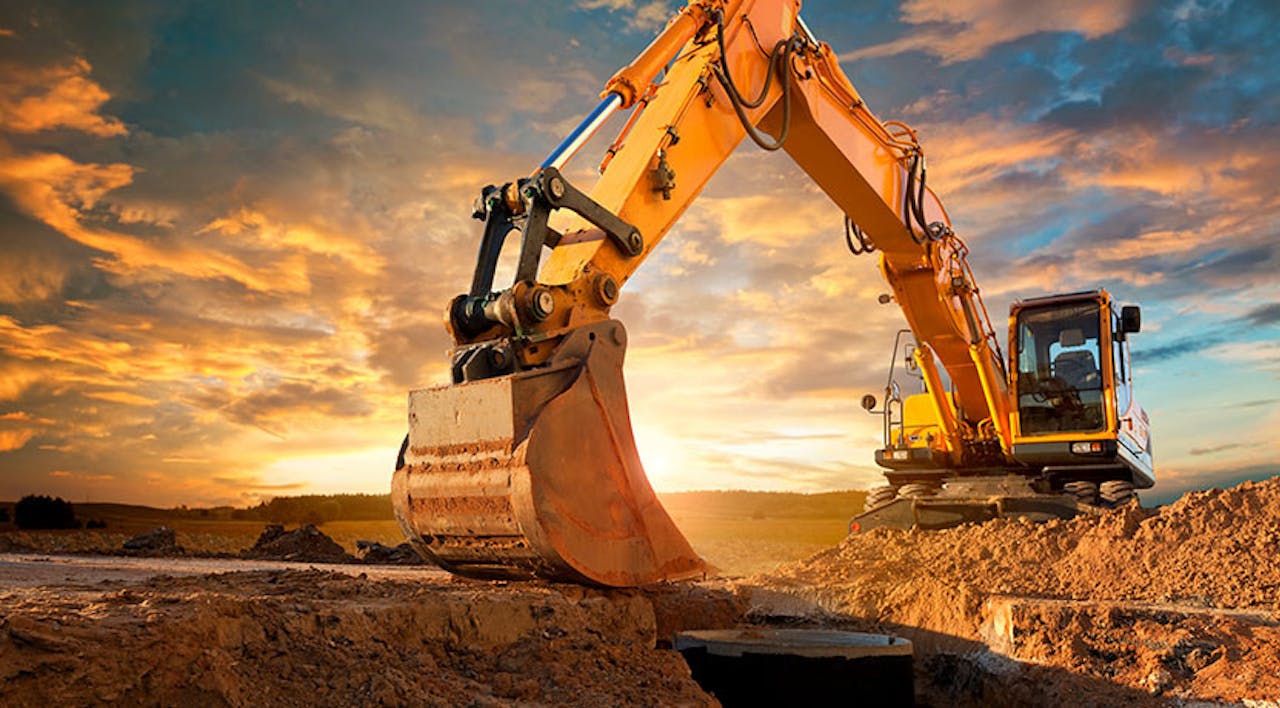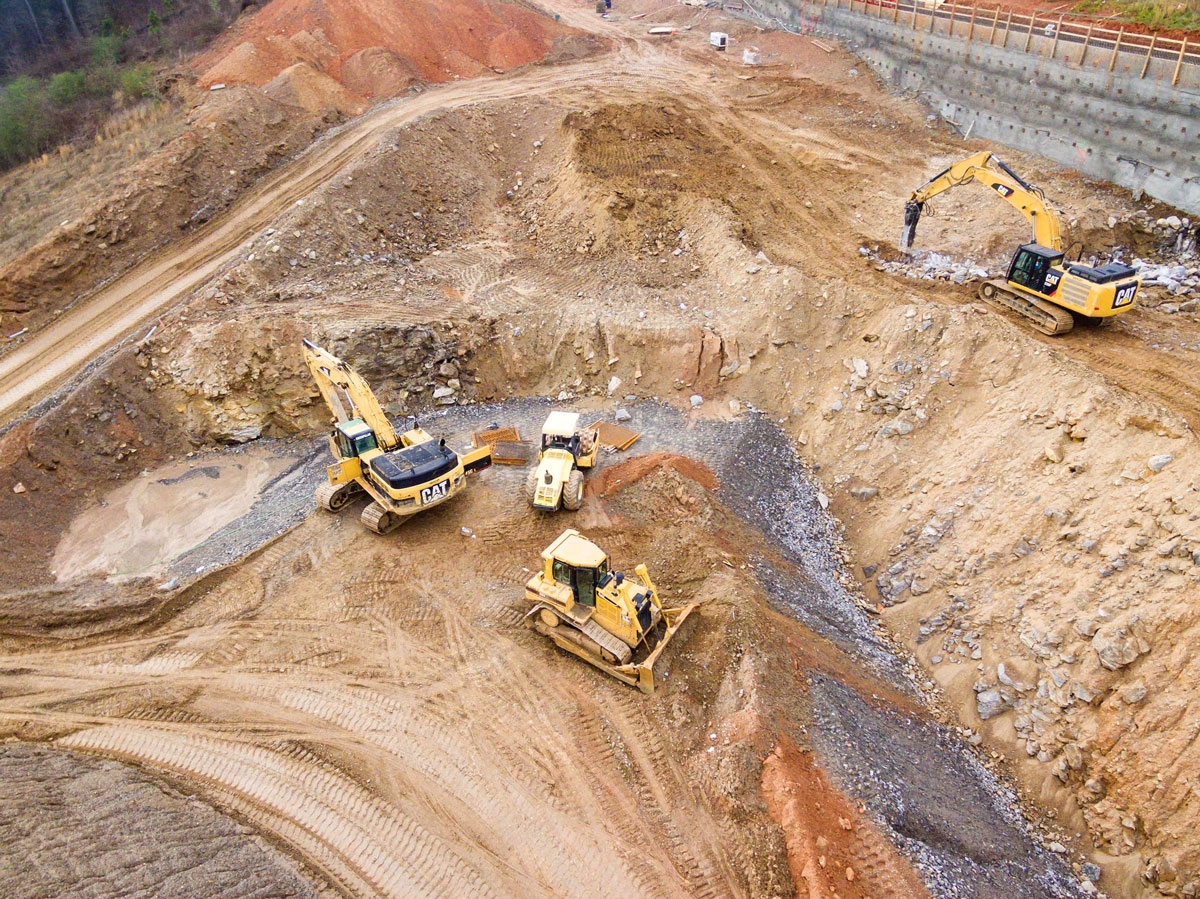The Basics Overview to Renting Excavators for Building Projects
Renting excavators for construction projects is an important decision that demands a detailed understanding of different variables to guarantee both performance and cost-effectiveness. From selecting the ideal excavator type and dimension to making sure and negotiating rental terms security methods, each step plays an essential duty in the general success of your job.
Types of Excavators
Excavators are available in various types, each developed to execute specific tasks in building and construction tasks. The most typical kind is the conventional excavator, additionally understood as a spider excavator, which is ubiquitous on most work sites for its flexibility in product, trenching, and digging handling. These devices operate on tracks, offering stability and wheelchair over unequal terrain.
An additional vital version is the mini excavator, prized for its compact size and agility. Ideal for small to medium-sized projects, mini excavators excel in restricted spaces where larger machines would struggle. They are frequently used for landscaping, utility job, and small-scale demolition.
For projects requiring extended reach, the long-reach excavator is crucial. Equipped with a longer boom and arm, these makers can work in locations that are tough to gain access to, such as across water bodies or deep excavations.
Lastly, there are specialized excavators like the suction excavator, which uses high-powered followers to vacuum up dirt and debris, making it optimal for delicate underground energies. The dragline excavator, one more specialized type, is frequently used in large-scale civil design projects like canal dredging and mining as a result of its capacity to lift heavy lots over lengthy distances.
Choosing the Right Dimension
Picking the ideal dimension of an excavator is vital for the effectiveness and success of any kind of building and construction job. The size impacts not just the equipment's capability to handle details tasks but additionally the functional expenses and site ease of access. Excavators come in numerous sizes, from portable systems ideal for small-scale property jobs to huge devices developed for considerable industrial or industrial tasks.
Understanding the extent of the job is crucial when choosing on the excavator size. Alternatively, large earthmoving operations, like road building or huge structure digs, demand the use of large or basic excavators.
Think about the site's terrain and gain access to points also. Larger excavators may face difficulties in irregular or limited areas, making smaller sized designs a lot more sensible. By extensively assessing these aspects, building and construction supervisors can guarantee they choose an excavator size that optimizes productivity and minimizes job delays.
Rental Arrangement Fundamentals

Just as essential is the in-depth malfunction of prices. This consists of the daily, weekly, or month-to-month rental rates, and any additional charges such as cleaning, gas, or delivery costs. It's suggested to ask about prospective fines for late returns or damages to stay clear of unanticipated expenses.
The problem of the excavator at the time of rental ought to additionally be well-documented. Make certain the agreement consists of a comprehensive examination report that keeps in mind any pre-existing damages. This safeguards you from liability for problems that were existing prior to your rental duration began.
Validate whether the rental firm supplies insurance coverage or if you need to protect your own policy. Recognizing your obligations for upkeep throughout the rental duration will certainly assist keep the excavator in optimum functioning problem, reducing downtime and improving task efficiency.
Maintenance and Safety Tips
When handling excavators on a construction site, sticking to appropriate maintenance and security protocols is important for guaranteeing both operational efficiency and employee security. Lubing relocating components and making sure fluid degrees are ideal can prevent pricey read what he said downtime and expand the equipment's operational lifespan.
Operators needs to be thoroughly trained and accredited to manage excavators, understanding the device's constraints and controls. It's important to carry out day-to-day inspections, focusing on safety attributes such as alarm systems, seat belts, and emergency situation shutoff switches over.
Applying a robust maintenance schedule and fostering a culture of security can reduce dangers dramatically. Constantly consult the maker's manual for particular upkeep intervals and safety and security standards. By focusing on these elements, construction projects can proceed smoothly, minimizing disruptions and making certain a secure working setting for all workers included.
Cost-Saving Approaches
Effective cost-saving strategies are critical for maximizing the return on financial investment when renting out excavators for building and construction projects. One key strategy is to conduct a detailed demands analysis prior to service. Recognizing the particular requirements of your project assists in picking the appropriate type and dimension of excavator, protecting against unnecessary expenditures on excessively specialized or extra-large devices.
Another vital strategy is to negotiate rental terms. Many rental business supply flexible prices structures, particularly for long-term rentals. Establishing a great connection with the Get the facts rental provider can additionally result in commitment price cuts and much better terms. Furthermore, scheduling beforehand can occasionally secure lower rates contrasted to last-minute services.

Lastly, consider the total expense of possession, consisting of fuel, insurance coverage, and transport. Bundling these solutions with the rental arrangement can typically cause a much more desirable general bundle. By applying these methods, building projects can attain significant expense efficiencies while making sure functional performance.
Final Thought
In conclusion, the strategic selection and rental of excavators for construction projects necessitate a complete understanding of excavator kinds, proper sizing, and the ins and outs of rental arrangements. Applying cost-saving approaches Read More Here with meticulous planning and negotiation can further enhance task performance while regulating costs.
From selecting the suitable excavator kind and dimension to making certain and bargaining rental terms safety and security methods, each action plays an essential role in the total success of your job. aerial lift rental Bremen GA. The most common kind is the common excavator, likewise known as a spider excavator, which is ubiquitous on many job sites for its convenience in product, trenching, and excavating handling. By completely assessing these aspects, building supervisors can ensure they pick an excavator dimension that enhances productivity and minimizes task hold-ups
Recognizing your duties for upkeep throughout the rental period will help preserve the excavator in optimal functioning condition, decreasing downtime and improving project performance.
In final thought, the critical choice and service of excavators for construction tasks necessitate a thorough understanding of excavator types, ideal sizing, and the ins and outs of rental agreements.